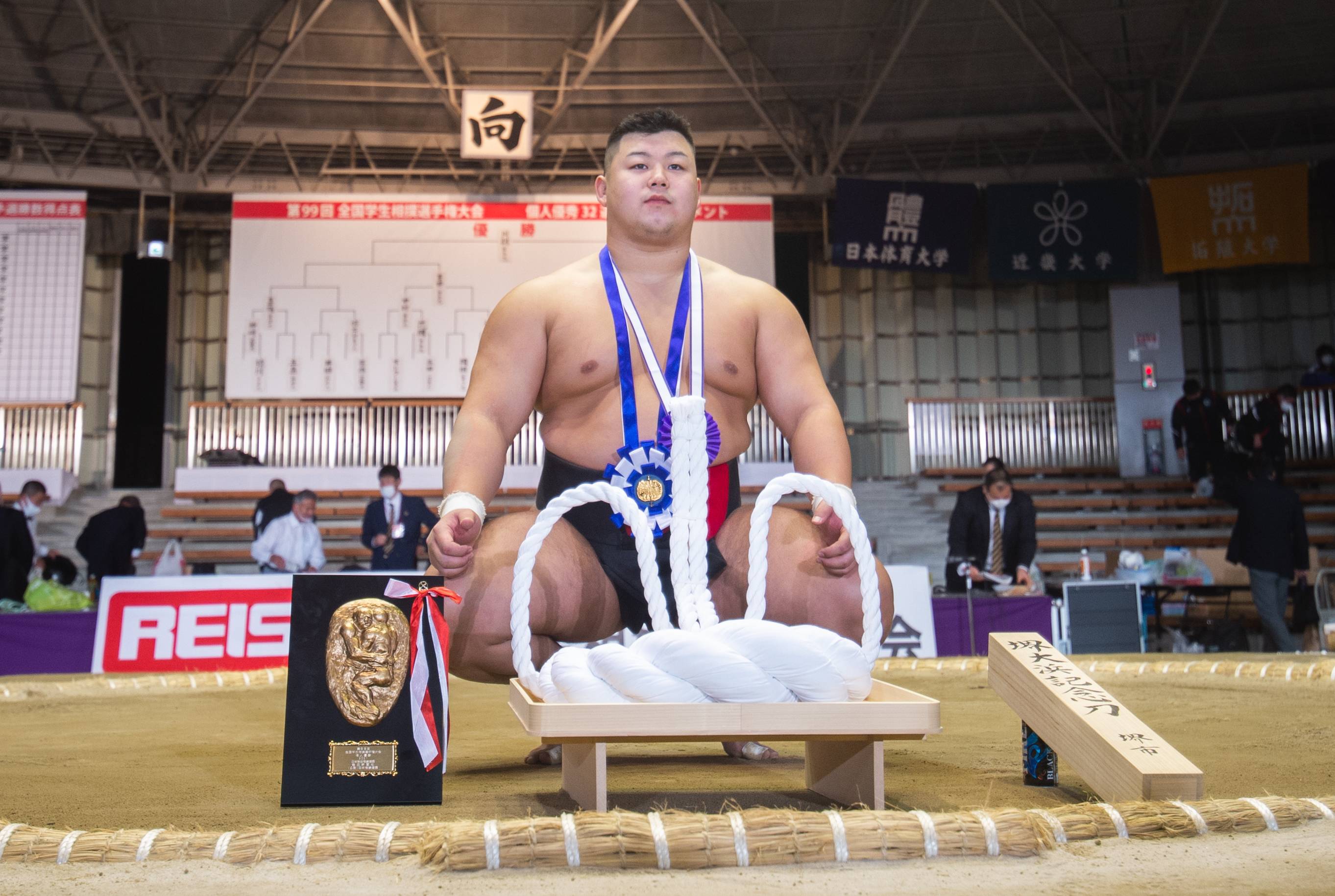It’s been an eventful 2022 for Japan’s national sport.
Newly promoted ozeki Mitakeumi, as well as first-time Emperor’s Cup winners Wakatakakage and Ichinojo, have grabbed the spotlight, while yokozuna Terunofuji has struggled to match the heights he reached in 2021.
Upheaval inside the ring has been matched by uncertainty outside it, as the pandemic continues to have a significant impact on sumo.



















With your current subscription plan you can comment on stories. However, before writing your first comment, please create a display name in the Profile section of your subscriber account page.